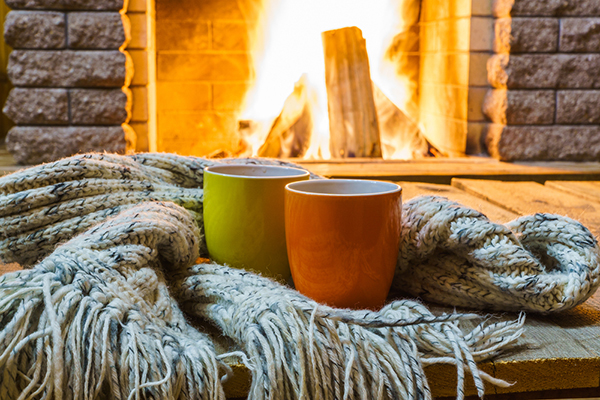Chimney Repair for Residential Roofers
Author: Sheryll Poe | September 12, 2023
Fall is in the air, along with pumpkins and thick sweaters, and homeowners will soon want to fire up their fireplaces. But what if they find out they need a chimney repair? They will undoubtedly turn to their trusted residential roofing professional for guidance. Are you ready to advise your residential clients on chimney parts and problems? Here are a few terms and skills to brush up on.

Getting Familiar With Chimneys
A chimney is part of a roofing system, so it's important for roofing professionals to understand its components.
Flue: The internal duct, pipe or opening that carries gases and smoke from the fire to the outdoors. The chimney itself can also be a flue, but for safety reasons, it's better to have a separate metal lining or flue.
Flue cap: A lid that goes over the chimney or flue to protect it from weather and debris. It can also include a mesh screen to prevent animals from getting in.
Crown: A concrete lid that covers the entire top opening of the chimney to protect the masonry from water damage.
Chimney chase: The external and most visible part of the chimney, usually brick. It releases smoke and embers away from the roof.
Base flashing (also called step flashing): Weatherproof metal strips installed along the base of the chimney where it meets the shingles and attaches to the roofline. Flashing should extend out from the base by 3 to 6 inches and up the side of the chimney by 9 to 12 inches, according to the American Society of Home Inspectors.
Cap flashing (also called counter flashing): Attached to the chimney (not the roof), cap flashing is a finishing metal strip that lays over the base flashing and provides an extra layer of flexible weather protection. It is attached to the chimney and sealed with butyl rubber or polyurethane caulking.
Signs of Chimney Damage
There are many signs that a chimney needs repair, including water stains or leaks, rust on metal components such as the firebox or damper, smoke blowing indoors or even unexpected bricks in your client's backyard. Here are a few of the most common causes for chimney problems:
Blockages: Debris, or even birds and other critters, can clog the flue, causing smoke to blow back into a fireplace and home.
Creosote buildup: Tar-like black creosote is a natural byproduct of lighting and maintaining a fire. However, if there's too much of it building up inside a fireplace, it could indicate there's a problem with the flue and that the chimney needs to be swept.
Flue damage: Flues can deteriorate subtly over time. If you notice pieces of chimney tile collecting in the fireplace (also known as shaling), advise your client to bring in a chimney professional.
Crown and cap damage: Small cracks along the crown and cap allow water to penetrate, where it contracts and expands during freezing and thawing and leads to much bigger damage. A vigilant roofing professional can fix these small cracks easily with masonry sealant. Larger chunks or damage will need to be addressed by a chimney expert.
Spalling or missing bricks: Bricks are porous, and are prone to contract and expand as a house ages. Loose bricks can be kept in place by masonry sealant. Any missing bricks should be replaced right away, either by a roofing contractor or a mason.
Damaged flashing: Bent flashing can cause moisture to penetrate the entire roof system. A skilled roofer can carefully remove existing roofing materials, fix and install new flashings and seal up and weatherproof the space between the roof and the chimney.
Chimney Repair Requires a Team Approach
Chimneys are complicated structures and require the input of several highly trained experts. Professional roofers must be prepared to work with masons, chimney sweeps and other contractors to ensure the integrity of a home's roof and chimney repair. Being able to count on other professionals will produce the best results and gives residential roofers a new way to help customers.